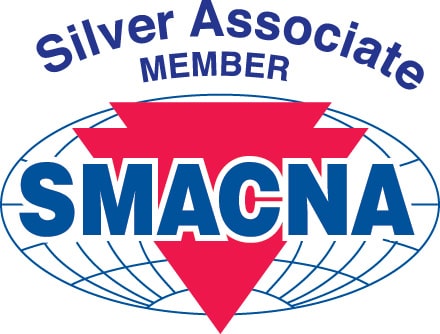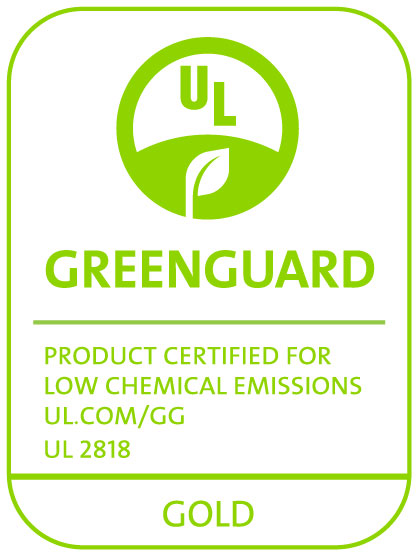Whether you need to insulate refrigerant, VRF (variable refrigerant flow), VRV (variable refrigerant volume), chilled water piping, HVAC equipment, chillers, tanks, vessels, or ducts (wrap or liner), AEROFLEX® has you covered.
AEROFLEX EPDM™ (ethylene propylene diene monomer) pipe, equipment, and duct insulation is available in preformed unslit tubes, labor-saving factory-split tubes (Self-Seal™), sheets, rolls (with or without a PSA), and factory-fabricated AeroFit™ fittings, Aerofix® insulated pipe hanger supports, AEROFLEX® adhesives, zero-perm EPDM Protape® and Aerocoat® UV-protective coatings, all designed to conserve energy, control condensation, prevent corrosion under insulation, reduce the potential for mold growth and attenuate HVAC background noise.











